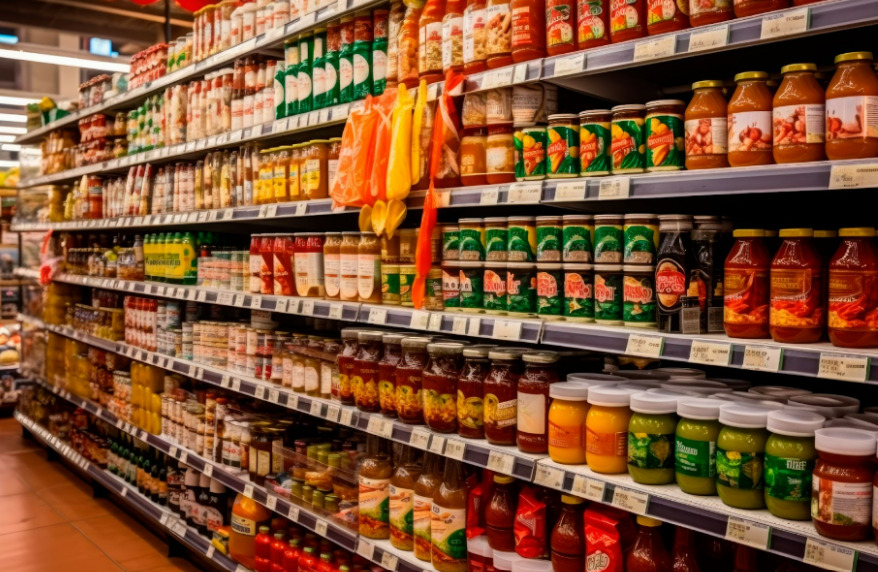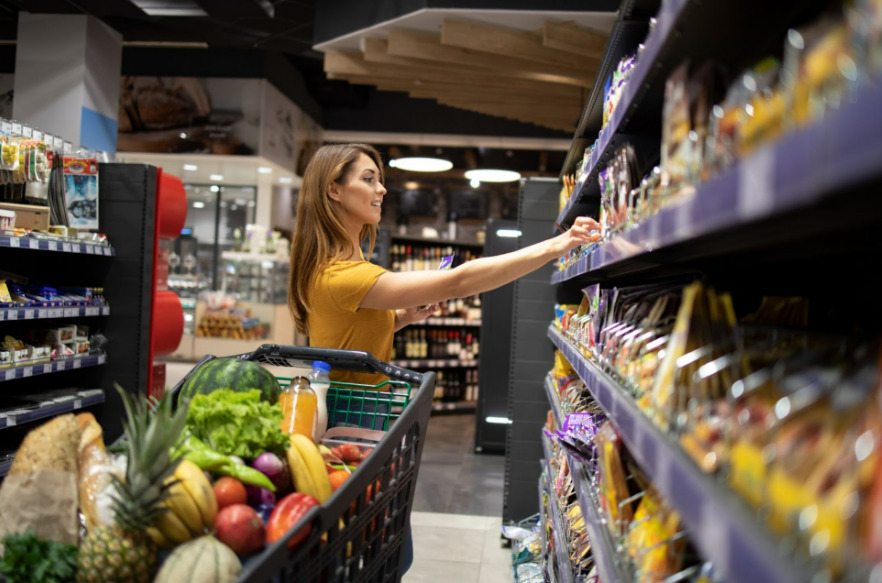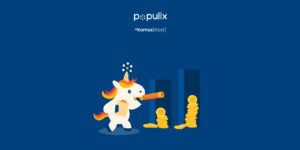When grocery shopping, consumers make purchasing decisions within seconds. The way products are displayed on store shelves significantly impacts buying behavior.
Factors such as visual focal points, packaging design, and product positioning influence how customers engage with products before choosing. Understanding these behavioral patterns is essential for brands and retailers to maximize sales opportunities.
Key Consumer Behavior Trends in Grocery Shopping
1. Focal Points and Eye-Level Advantage
Consumers are naturally drawn to products placed at eye level. Items displayed in this prime position tend to receive more attention and higher sales than those placed on lower or higher shelves. Retailers strategically position high-margin products within this range to optimize visibility and impulse purchases.
2. The Power of Visual Contrast
Packaging design plays a crucial role in catching consumers’ attention. Bright colors, bold fonts, and unique designs create a visual contrast that makes a product stand out. Consumers are more likely to notice and consider products that visually differentiate themselves from competitors.
3. The Role of Hand Reach and Accessibility
Products placed within easy reach tend to sell faster. If an item is too high or too low on the shelf, consumers may overlook it or opt for a more conveniently positioned alternative. This is why essential daily goods are often placed within arm’s reach for effortless selection.
4. Shelf Placement and Brand Perception
Premium brands are often displayed at eye level or on dedicated premium shelves, reinforcing their perceived value. On the other hand, discounted or private-label brands are typically placed on lower shelves, subtly influencing consumer perception of affordability versus exclusivity.
5. The Impact of Packaging Familiarity
Consumers gravitate toward brands and packaging they recognize. If a product undergoes a packaging redesign, it may initially see a dip in sales as consumers take time to adjust to the new look. Maintaining familiar design elements while making updates helps retain consumer trust.
6. Impulse Buying and Checkout Placement
Small, frequently purchased items such as snacks, beverages, and confectionery are often placed near checkout counters to trigger last-minute impulse purchases. Consumers waiting in line are more likely to add these convenient, low-cost items to their carts.

Strategic Insights for Businesses
- Optimize Shelf Placement: Position best-selling and high-margin products at eye level to maximize visibility and sales.
- Enhance Visual Appeal: Invest in distinctive packaging with bold colors and clear branding to capture consumer attention.
- Improve Accessibility: Ensure essential products are within easy reach to encourage quick decision-making.
- Leverage Familiarity: Maintain key design elements in packaging to reinforce brand recognition and consumer trust.
- Utilize End-Cap Displays: Showcase promotional or seasonal products on end-of-aisle displays to drive impulse purchases.
- Capitalize on Checkout Areas: Place small, high-demand items near checkout counters to increase basket value.
- Monitor Consumer Interaction: Use eye-tracking technology or in-store observations to analyze how shoppers engage with shelf displays and adjust placements accordingly.
By leveraging these insights, brands and retailers can optimize product visibility, improve consumer engagement, and drive higher sales through strategic shelf positioning and visual appeal.

Baca juga: Survei Populix: Preferensi Pembeli Saat Grocery Shopping

 IDN
IDN
 ENG
ENG 


